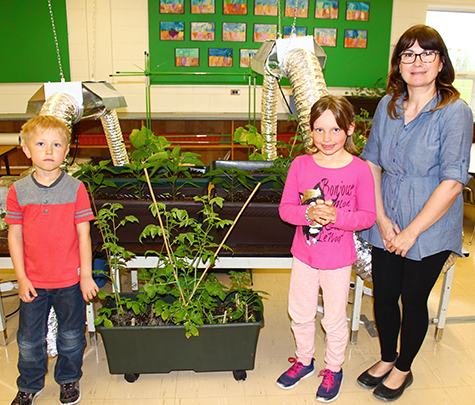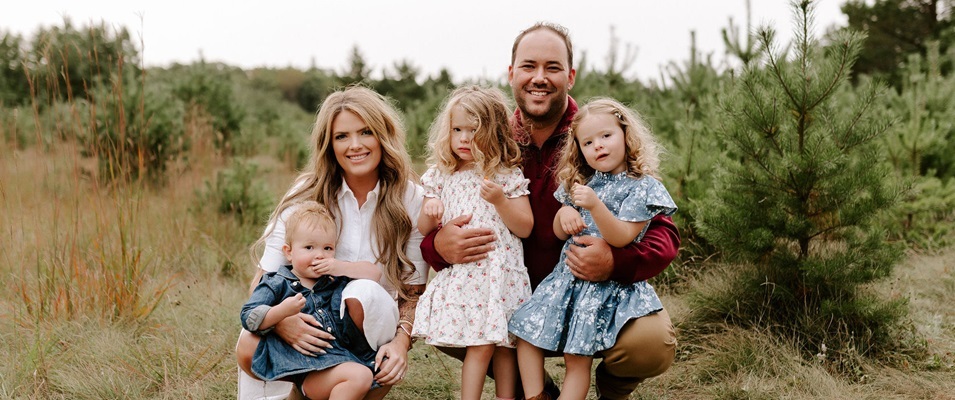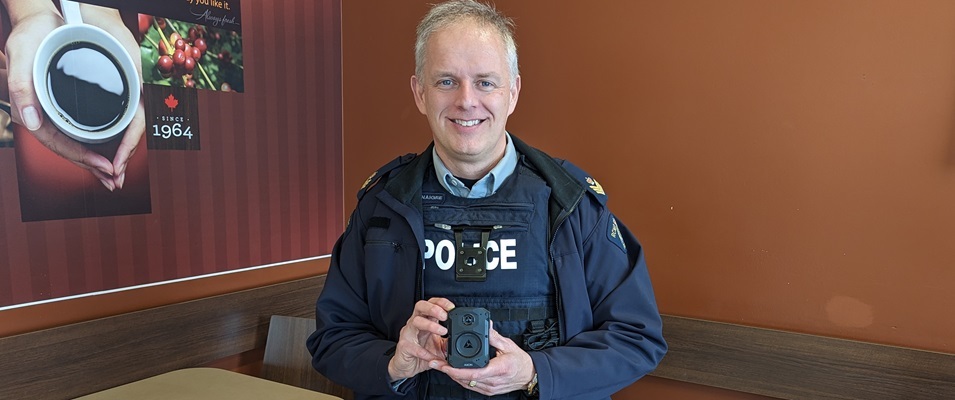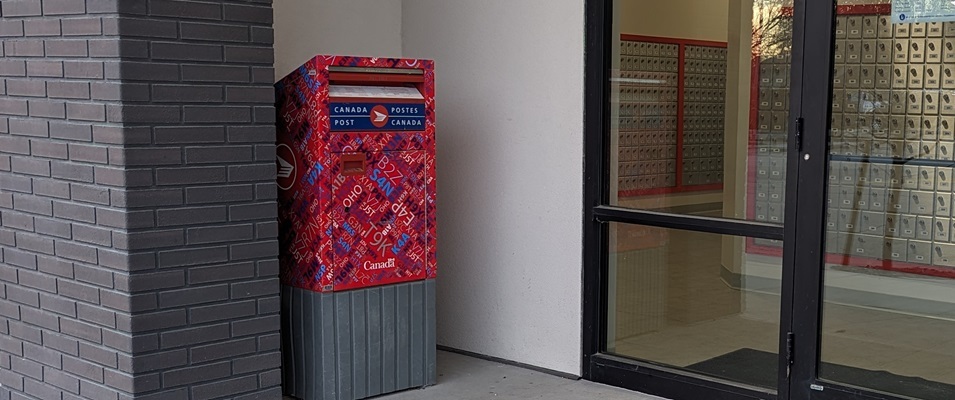
Students at the Ecole St. Adolphe School have dug into their second year of hands-on learning. With the help of the Little Green Thumbs Program (LGTP), an initiative of the non-profit organization Agriculture in the Classroom-Manitoba (AITC-M), one entire classroom has been outfitted as a greenhouse learning centre. Students from Grades One through Eight have been seeding, watering, and tending a variety of green, edible goodness since January.
Though this year’s program is drawing to a close, the teachers and students can’t say enough about the value of this unique learning experience.
Grade One teacher Lynn Gobeil is as excited as her students when it comes to spending time in the greenhouse. She and the other teachers have found ways to tie virtually every subject into the growing cycle of plants.
“[The growing program includes] the reading, writing, and speaking components,” says Gobeil. “We [also] integrate science. We have a whole unit on living things, so we learn about the plant cycle and we learn how to observe and document. We integrate math, where we come in and measure the plants as they grow. Social Studies has a big unit on the environment. We even do art. The children drew flowerpots where they worked on perspective. Health is included in healthy eating, so all of the courses can be integrated into this.”
The LGTP became part of the school curriculum in 2016, after the staff invited AITC-M to demonstrate and prepare a healthy breakfast for the students. The organization strongly recommended the LGTP to the principal and staff.
With their application accepted, AITC-M provided the school with everything they’d need, including an indoor garden grow kit complete with grow lights, fans, pots, seeds for self-pollinating plants, and soil. The package also included a worm-composting kit as well as a plethora of resources for the staff to learn from and Little Green Thumbs T-shirts for the students.
A spare classroom in the school provided the perfect location for the greenhouse adventure.
When the 2016 growing season proved a hit with students and staff, the principal decided to expand the growing area in 2017, adding additional equipment at the school’s expense. Tomatoes, cucumbers, kale, lettuce, beans, and peppers now creep and blossom from beneath the grow lights.
As the plants grew, the students repotted, moving them to available window sills in other classrooms, spreading the growing experience beyond the greenhouse. On Mother’s Day, each student’s mom was gifted with potted basil.
“The goal is to connect kids to nature and to show them how to grow their own healthy food,” says Gobeil. “We come in once a week, because if you come in too often you don’t see the growth. But each time we come in here the kids are just amazed and they like to feel the leaves and smell them.”
Gobeil used the opportunity to expand education into entrepreneurship this year.
“Last year we started talking about farmers markets so, out of playdough, the kids made vegetables and they had their own little farmers markets,” Gobeil says. “We incorporated the math of pricing their vegetables and drama and role-playing. So, every year we try and pick different ways to [build on new aspects of the growing project].”
The worm compost has created the perfect object lesson on the life cycle of the worm. Later this year, students will separate the castings from the worms and learn to make fertilizer from the castings in the form of a compost “tea.”
But the most exciting aspect of the program is still around the corner. As vegetables take shape and grow, the students will soon be treated to a salad-bration, getting a satisfying taste of their hard work.
At the end of June, the plants will be moved to outdoor planters, giving residents of St. Adolphe a chance to tend, harvest, and enjoy any further fruits of the children’s labour.




















